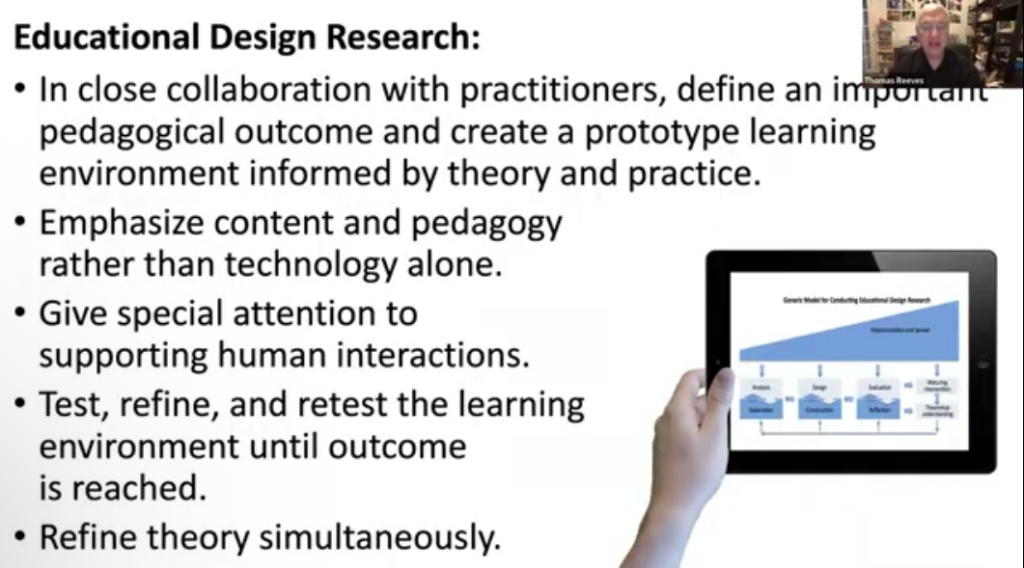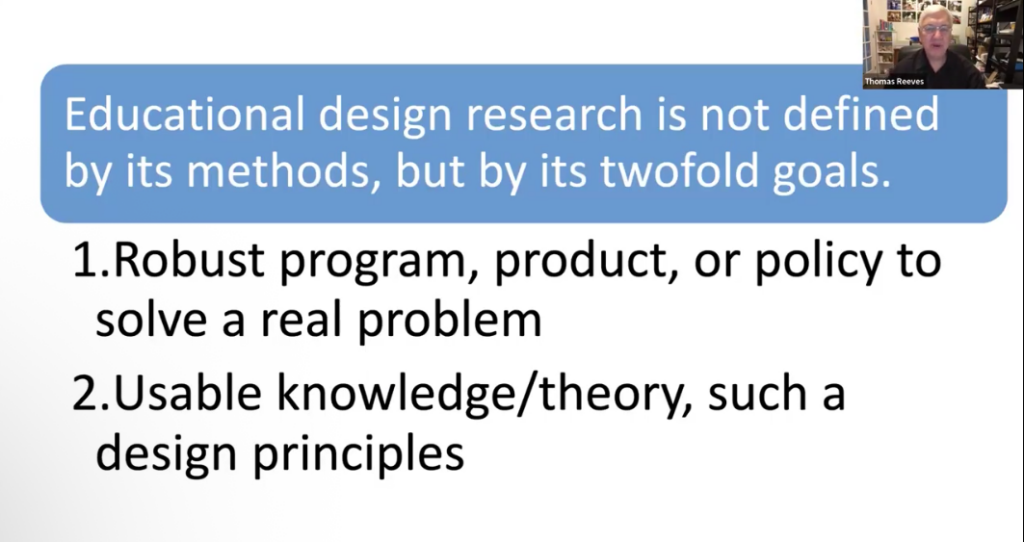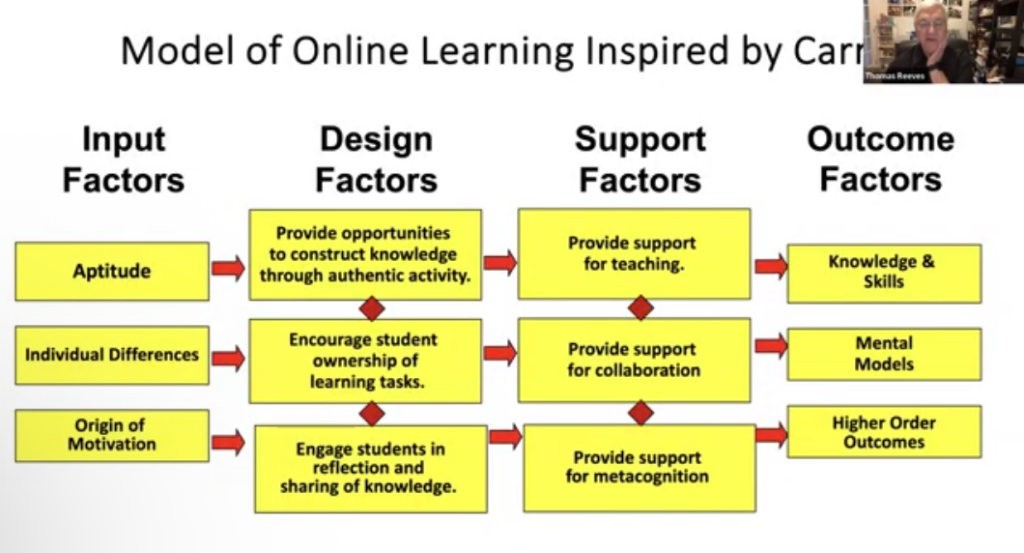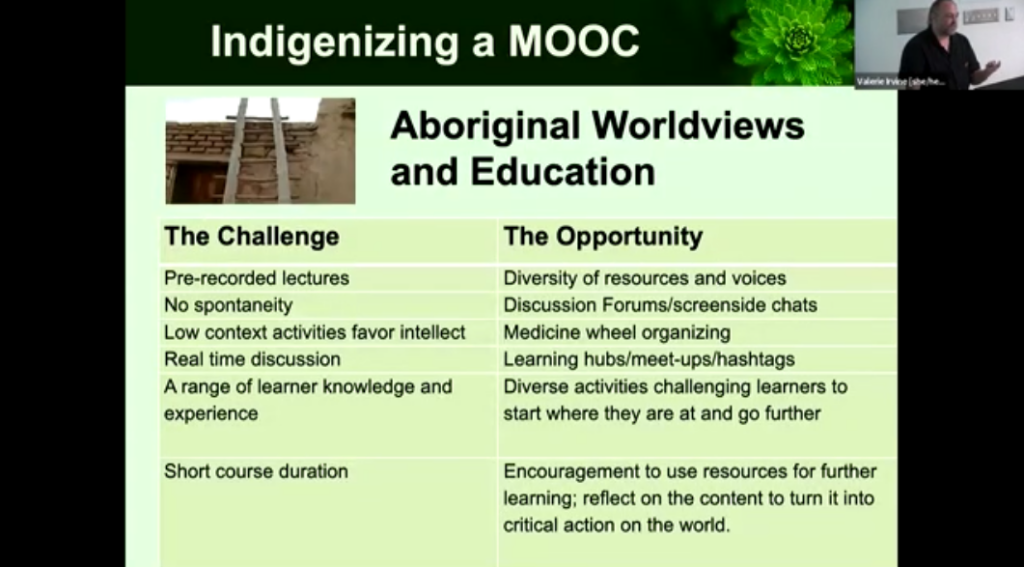Connectivism
This week honed in on the theory of connectivism developed by George Siemens and Stephen Downes which views knowledge as a large interlinking network of distribution where connections link people, experiences, and different teachings rather than relying on one individual. This theory and idea as a whole made me think about the role of a teacher and looking at this through a more bird’s eye view. Looking at the teacher themselves, classroom peers, the school community, the surrounding areas occupants, the land, Canada, the world and how each of these provide layers of teaching, lessons and opportunity that shape our learning and prove that the teacher is not the only educator or source of teaching in the classroom. Knowing this, educators should take these outside pieces and prioritize their integration in learning as not providing the proper opportunities for students to engage in learning from these broader links would restrict their growth and knowledge expansion to one individual ignoring this theory’s fundamentals.
Tony Bates textbook, Teaching in a Digital Age and more specifically section 2.6 further emphasizes the integral role of connectivism in education explaining that within its frameworking the educators role is meant to as I stated above, steer away from just delivering knowledge as one person but centre more around navigating facilitation, actual curation and relationship building within the broader network.
Putting this into the context of online learning I think that the actual design of the technology being integrated is even more important to help achieve this. The section points out learning management systems being a crucial piece in this like Brightspace and Moodle, which allow for further opportunities for accessibility but could also limit actual class interactions I believe if not guided by meaningfully collaborative approaches; supported by other resources or technology. This means considering ways technology may be able to build on connections and relationships through networked approaches prioritizing access or collaborative ability like video calls, group work, demonstrations, blogs, social annotation tools and even outdoor related activities which extend learning beyond the classroom.
The Grand Challenges in Online Learning
Watching Dr. Thomas Reeves Keynote made me think about how the challenges he spoke of related to my own educational experiences. He talked about the grand challenges in online learning linking to under researched problems like teacher burnout, student motivation, engagement, and equity.

These are especially relevant with the impacts of rapid innovations in technology and AI. I have found that student motivations and engagement have been very low myself but also by observing classmates using AI tools or working alongside teachers prioritizing AI and feeling a disconnect with content or authenticity within the learning process due to this. Another key challenge and disconnect is access again to digital tools or representation contributing to a wider digital divide, which I think is often overlooked especially in a classroom context. Not every student is going to have the access or funds for devices, specific support for its use, active internet or even want to participate in using AI programs that don’t represent diverse cultures or perspectives fully. This is where inclusivity and equity come to play as well, making socially responsible educational technology research so necessary which Reeves emphasizes should focus on problems like these supported by practitioners rather than just technology itself or “objects”.


Furthermore Reeves describes the availability of research as under attack. My main thought when he stated this was the impact this could have on AI programs as their sources of information are already restricted in many ways but imagine if these programs completely lacked access and relations to essential research and truth. Its output is directly controlled by the available research it’s accessing effecting validity, newly developed knowledge, relational and cultural inclusions.
To better online learning and recognize practices against these negative scenarios Reeves states the need to conduct the research itself around educational designs which influence practice and aim to aid “learners who lack self discipline and motivations.”(Dr. Reeves Keynote) He also notes the need to “worry of long-term impacts using AI like students relying on these programs, missing real relational contexts or lacking motivations due to this.”(Dr. Reeves Keynote) I believe that in order to work towards these purposeful guiding, acknowledgements, and integration needs to be done as an educator helping design an effective approach or model to using technology as a class. Here is Reeves’ updated model idea for online learning as a helpful guide.

Indigenous-Centred Online Learning and Inclusion
Dr. Jean-Paul Restoule’s insightful zoom breakdown on Indigenous-centred online course design expanded my idea of ways Indigenous ways of knowing and perspectives can be meaningfully integrated in an online/digital focused way as many of my studies connect more centrally to in class designs. He elaborates on the ideas of making an online based class truly community oriented, relational, relevant and focused on forming relationships with the local peoples. This could look like a group circle being more of a discussion forum but sharing the similar routines or integrations as an in person circle. For example In one of my face-to-face Indigenous classes at the moment we practice oral protocols which creates a comforting safe
An effective approach to this would mean providing strong purposeful opportunities like these within instruction, activities and tech based resources that ultimately establish the 5 R’s of Indigenous education while acknowledging what’s missing to then create opportunities from these as showcased below.


He also points out self-locations’ role in this process as a strong guide to how we as educators acknowledge and hold the responsibility to create a safe space with student opportunity and inquiry but also how we show up in a space to understand the depth in how, why and what is being taught in relation to colonialism and intergenerational impacts. Acknowledging our role, privilege and history on this land is poignant in creating a land based, inclusive and equitable learning environment even through an online space.

Finally I wanted to relate some teachings and share a powerful activity that I gained this week around the medicine wheel and its many relations.

